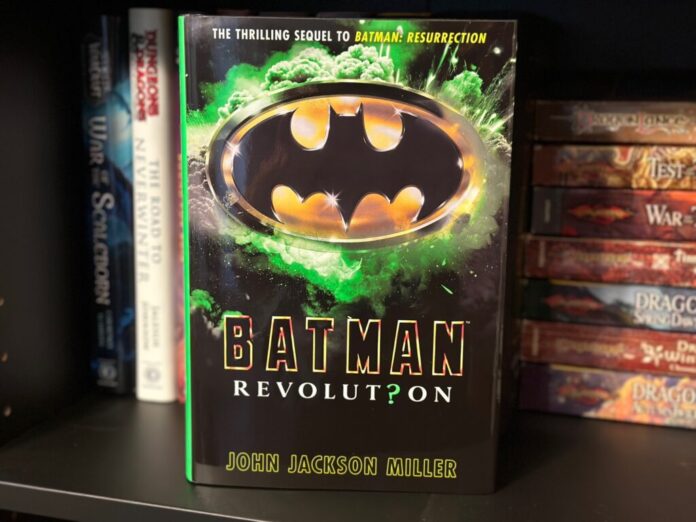Batman: Revolution gives fans another impressive adventure set in the world of Tim Burton’s films, offering new thrills while enhancing the films as well.
Batman: Revolution
Written By: John Jackson Miller
Published By: Random House Worlds
Release Date: October 21, 2025
Purchase [Affiliate]: https://amzn.to/3JcLIvF
John Jackson Miller’s Batman: Resurrection was, far and away, my favorite novel of last year. It’s such an impressive feat of storytelling in that it not only captures the essence, tone, and overall vibe of the original Tim Burton film, but managed to add new facets to it without missing a beat. Combine that with a genuinely engaging story and I turned the final page desperate for more.
Thankfully, Revolution was already on the horizon. The greatness of Resurrection meant there was a lot more expectations on this follow-up, but Miller handles it effortlessly. The result is another stellar novel that will leave Batman fans satisfied and quick to replay the films.
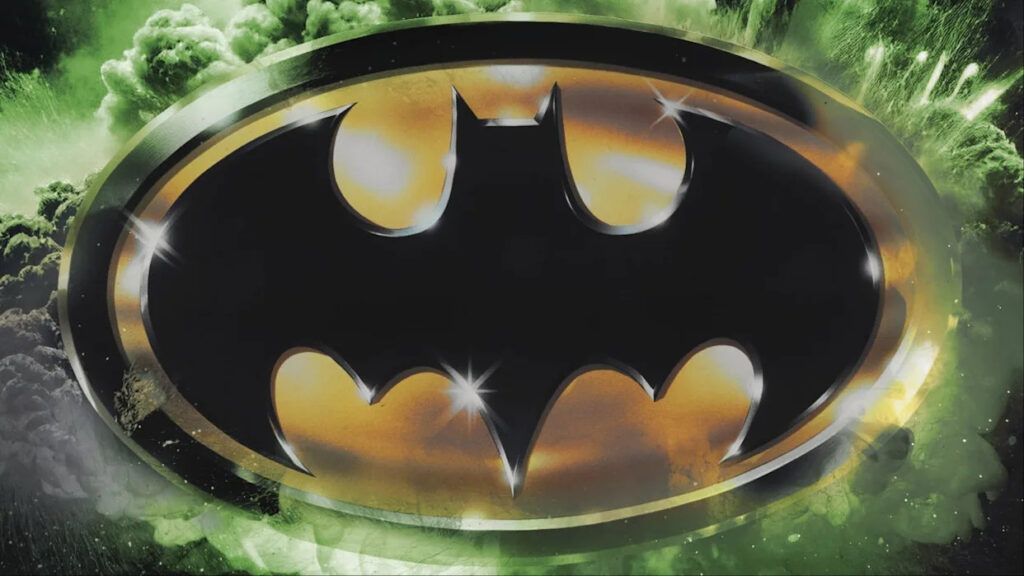
Serving as a sequel to the previous book and connecting more directly to Batman Returns, Revolution could have easily been something more of a “fill the gaps” kind of novel. It could have coasted off the story setup in the previous novel and tell a more straightforward villain-of-the-week story. Miller doesn’t do things by half, however, and takes a big swing with the story that vastly expands on the lore from the films and this era of the the caped crusader in general.
With the terror of the Joker, and subsequently Hugo Strange, behind them, the citizens of Gotham are looking ahead to a better Summer. Batman, now able to work openly with Gotham’s police force, continues to patrol the metropolis and do his best to protect the innocent from those who would do evil. When local militia groups begin ramping up their attacks, however, he’ll have to match wits with the Riddler, a new villain fomenting dissent around the city, and a flying enemy who’s motives are as elusive as the technology he fights with. With a big Fourth of July celebration on the horizon and the heat turning up, Batman/Bruce Wayne will have to find a way to take down enemies who may actually have the advantage over him.
There’s a whole lot that goes on in this book, so it’s harder to go into the overall plot without getting into too many spoilers. In a lot of ways, the book doesn’t necessarily play out like it’s a movie sequel (which is how Resurrection felt for the most part). Instead, it’s structured more like a mini-series. There are some “minor” villains early on for Batman to deal with as the bigger threat comes into focus. There are some unexpected turns that put aspects/characters into a new context, plus some farther reaching plans that could impact the world beyond Gotham. Again, a number of moving parts that crafts a highly engaging story, but makes it difficult to summarize quickly.
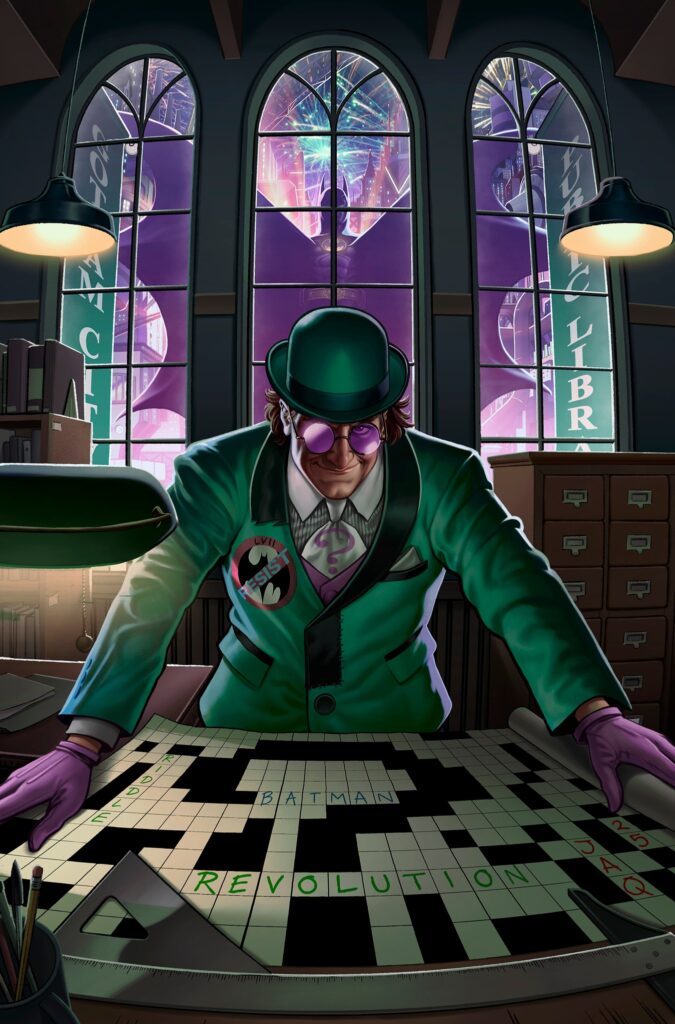
What I enjoy so much about both of these Batman novels, is how much attention is given to the villains. Like how Resurrection handled Basil Karlo/Clayface, Revolution is as much a story about Norman Pinkus/the Riddler as it is the Batman. The novel doesn’t simply give us a new villain out of the blue for Batman to deal with, but takes it’s time establishing him as a “real” person with history, dreams, and quirks.
You get a good sense for who Norman is as a person and the life he had leading up to where we meet him at this point in time. You can feel for him, hope with him, and understand when things—inevitably—go wrong. The result is a villain that not only feels challenging mentally for the hero, but morally as well.
This aspect is a big part of why these novels work so well. Not only does this type of storytelling structure fit within movies, but gets to the core of what makes Batman such a great character. It’s not just that he’s great at taking down bad guys or inventing cool new gadgets. Batman’s greatest strength has always been his empathy (something other iterations have struggled with remembering). He fights crime as a way of dealing with the injustice of what happened to his parents, but also because he genuinely loves his city and wants to help people.
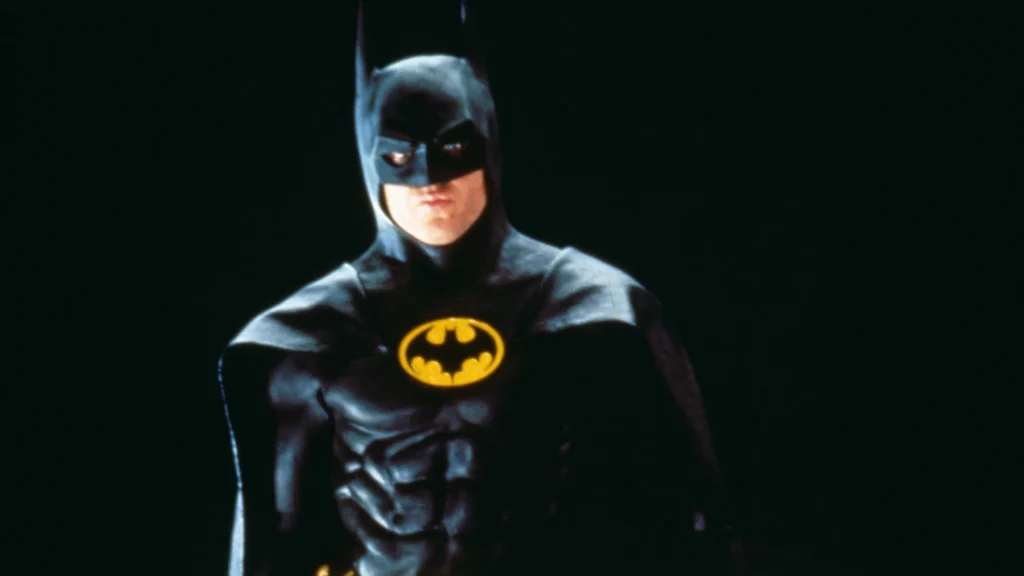
Miller absolutely GETS THIS. It’s a big part of what made Resurrection so compelling, and continues here in Revolution. We’re treated to a Batman who isn’t merely looking for beat up on criminals, but working to make Gotham into the kind of place that no longer needs him. The novel does a great job of splitting the time between Batman and Bruce Wayne (I think Wayne has more story time in this one), and emphasizing the specific ways Wayne is working to improve things as well. It makes for a more complete, well-rounded, view of the caped crusader and all that he stands for.
Which is what makes his approach to handling villains all the more interesting. A key aspect of this iteration of Batman is how he seeks to understand his enemies. It’s not enough for him to simply defeat them and call it a day. He wants to get to the bottom of what made them act a certain way. He wants to help them. Obviously some villains are just sadistic and don’t want any help (like Jack Napier’s Joker, or even Hugo Strange), but this Batman is able to see when a villain is more a victim of circumstance. He’s willing to give people a chance to be better (like with Clayface in the last novel, or Selina Kyle in Returns) and understand their perspectives.
Revolution puts this element of the character on full display, giving us a Batman that’s not only incredibly badass, but feels like a genuine human as well. On top of that, it gives us a Riddler that manages to incorporate the iconic parts of the character fans will easily recognize, while also being wholly unique.
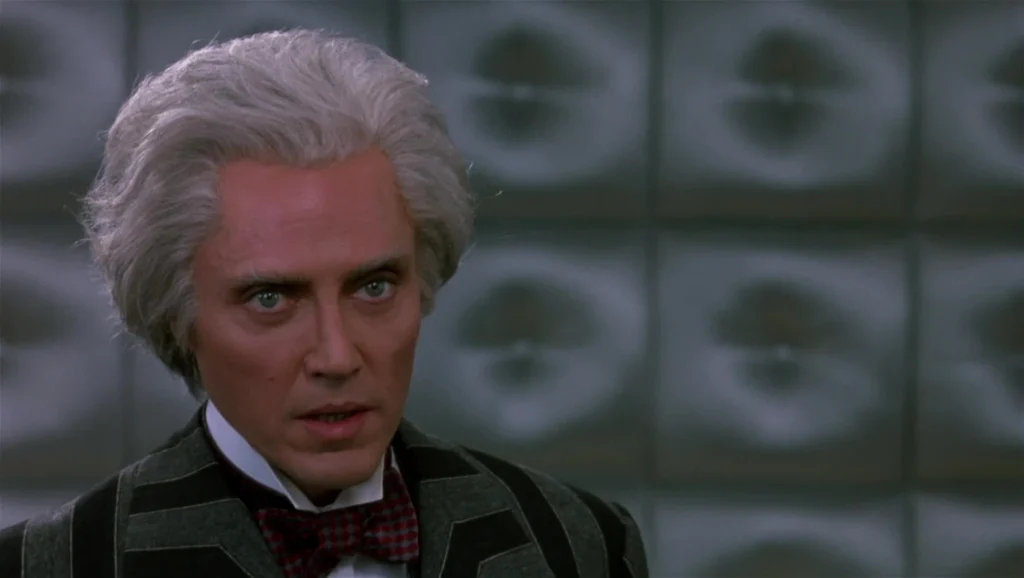
Speaking of which, I’m once again awestruck in how effortlessly Miller nails the tone of the Burton films. From the first chapters, you can’t help but envision Michael Keaton when Wayne/Batman is doing something. You can see the gothic aesthetics in how Miller sets the stage for his sequences, and even the dry humor that grounds much of it. In some ways, it feels like an even more impressive feat for this novel.
Resurrection, by it’s nature, had a number of direct connections to the original 1989 film (the threat of the Joker is still ever-present), even as it introduced a handful of new characters. With Revolutions, however, we’re dealing with a majority of entirely new characters made just for this story. As such, it’s wild to see how seamlessly these new characters fit in with the ones we already know. Honestly, it almost feels like you could slot them into the movies and never notice a difference. That’s how expertly Miller crafts these books.
Even better, this novel also expands on characters from Batman Returns. We get more of Max Shreck and Selina Kyle, and I don’t mean in just a cameo capacity. They have actual roles to play in the story, which has genuinely impacted the way I view them in the movie (in a positive way). Being able to watch these classic films, that have been with me for decades, in a brand new light is incredible. Seeing certain story points, even whole characters, re-contextualized in a way that adds to the experience is not easy task, and something many have failed at.
John Jackson Miller’s Batman: Revolution proves the previous book was far from a fluke, and has cemented these two novels as essential companions to the Tim Burton movies. Truly, I don’t think I’ll ever watch these films again, without thinking about how much these books add to them.

